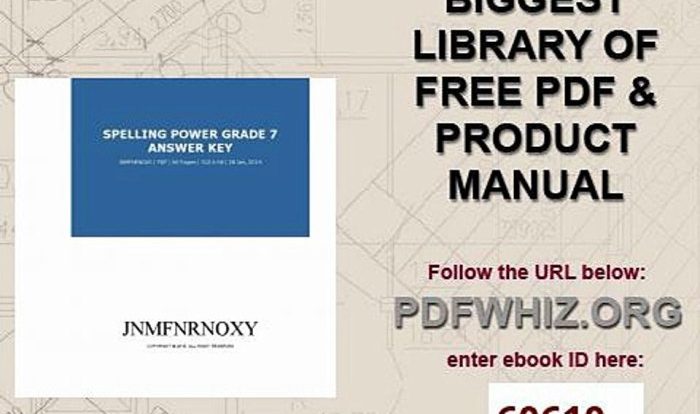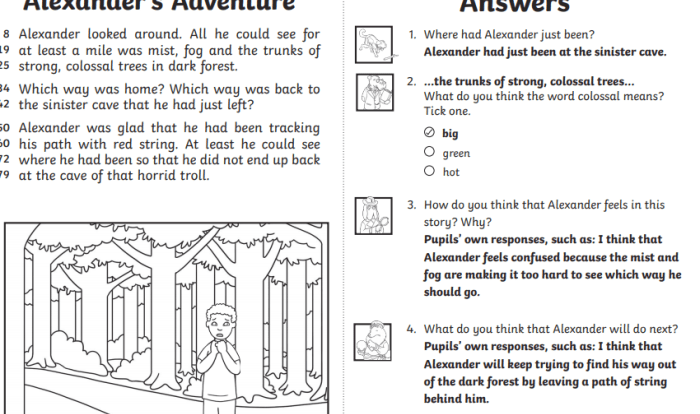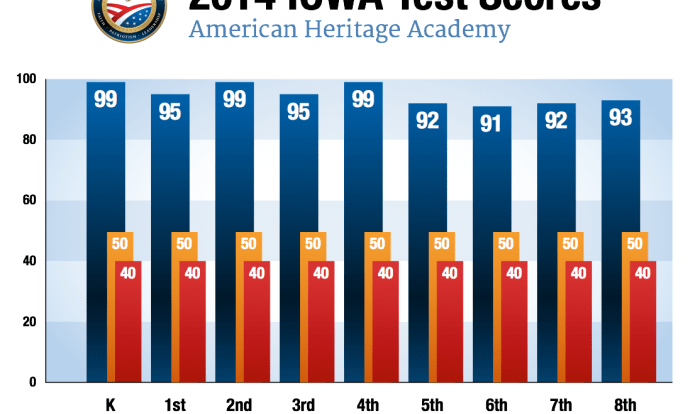Embark on a journey to conquer the Abeka American Government Test 2 with this comprehensive guide. Dive into the intricacies of the test, explore its content areas, and uncover proven strategies to excel.
Delve into the test’s format, duration, and scoring system to gain a solid understanding of its mechanics. Comprehend the diverse content areas covered, from the foundations of American government to contemporary issues shaping the nation.
Test Overview
The Abeka American Government Test 2 is a standardized assessment designed to evaluate students’ knowledge and understanding of the principles, structure, and functioning of the American government.
The test is primarily intended for high school students enrolled in an American government or civics course. It serves as a measure of their comprehension of the foundational concepts of American government and their ability to apply this knowledge to real-world scenarios.
Format, Duration, and Scoring
The Abeka American Government Test 2 consists of multiple-choice questions that cover a comprehensive range of topics related to American government.
The test is typically administered in a timed setting, with a duration of approximately 60 minutes. Students are provided with a test booklet and an answer sheet.
The test is scored based on the number of correct answers. The scoring system is designed to provide a reliable and accurate assessment of students’ knowledge and understanding of the subject matter.
Content Areas: Abeka American Government Test 2
The Abeka American Government Test 2 comprehensively evaluates students’ understanding of various aspects of American government and politics. The test covers a broad range of content areas, encompassing key concepts, historical events, and current issues.
The following is a detailed list of the content areas covered by the test:
The Constitution and the Bill of Rights
- Principles of the Constitution
- Structure and powers of the federal government
- Bill of Rights and individual liberties
- Landmark Supreme Court cases
Federalism and Intergovernmental Relations
- Division of powers between federal and state governments
- Federal-state cooperation and conflict
- Role of the Supreme Court in interpreting the Constitution
Political Parties and Elections
- Two-party system and its impact on American politics
- Electoral process, including primaries, caucuses, and general elections
- Role of political parties in shaping public opinion and policy
The Presidency
- Powers and responsibilities of the President
- Executive branch and its role in policymaking
- Presidential leadership and its impact on American politics
Congress
- Structure and organization of Congress
- Legislative process and the role of committees
- Congressional oversight and its impact on the executive branch
The Judiciary
- Role of the Supreme Court and its impact on American law
- Lower federal courts and their jurisdiction
- Judicial review and the principle of judicial supremacy
Civil Liberties and Civil Rights
- First Amendment freedoms and their limitations
- Due process and equal protection under the law
- Civil rights movement and its impact on American society
Foreign Policy
- Principles of American foreign policy
- Role of the President and Congress in shaping foreign policy
- Major foreign policy challenges and their impact on American interests
Current Issues in American Government
- Contemporary debates on issues such as healthcare, immigration, and environmental protection
- Impact of technology and globalization on American politics
- Challenges and opportunities facing American democracy in the 21st century
Study Materials
To effectively prepare for the Abeka American Government Test 2, utilizing official study materials and incorporating additional resources is crucial. This section provides guidance on both official and supplementary materials to enhance your preparation strategy.
Official Study Materials
- Abeka American Government Textbook: The textbook serves as the primary source of information for the test, covering key concepts, historical events, and constitutional principles.
- Abeka American Government Student Guide: This guide complements the textbook, providing additional explanations, study questions, and practice exercises.
- Abeka American Government Teacher’s Edition: While not directly provided to students, the teacher’s edition offers valuable insights, lesson plans, and assessment tools that can aid in understanding the subject matter.
Additional Resources and Study Tips
In addition to the official materials, the following resources and study tips can further enhance your preparation:
- Practice Tests:Utilize online or published practice tests to familiarize yourself with the test format, question types, and time constraints.
- Flashcards:Create flashcards covering key terms, concepts, and historical figures to aid in memorization and recall.
- Study Groups:Join or form study groups with classmates to discuss the material, share perspectives, and quiz each other.
- Active Recall:Engage in active recall by regularly testing yourself on the material without referring to notes. This helps strengthen memory and improve retention.
- Spaced Repetition:Review the material at increasing intervals to enhance long-term memory and prevent forgetting.
Test-Taking Strategies
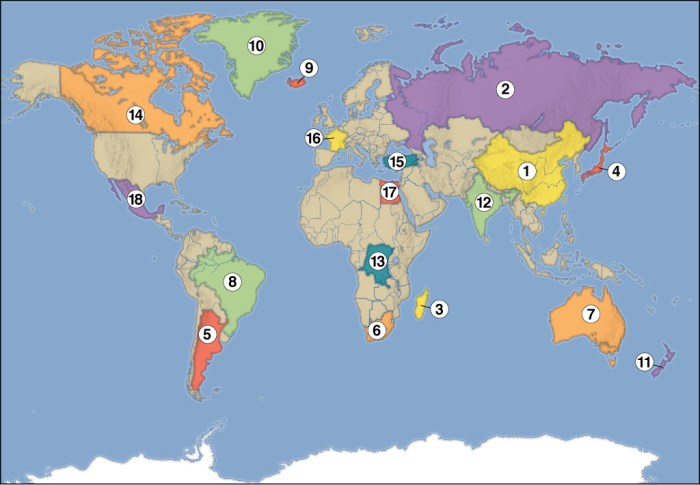
To succeed on the Abeka American Government Test 2, it is essential to employ effective test-taking strategies. This includes managing time wisely, understanding question types, and answering questions effectively.
Time management is crucial. Allocate time wisely by reading the instructions carefully, answering easier questions first, and reviewing your answers before submitting.
Multiple-Choice Questions, Abeka american government test 2
- Read the question and answer choices carefully, identifying s.
- Eliminate clearly incorrect answers first.
- Consider the context of the passage and your prior knowledge.
- Guess if you must, but only if you can eliminate some choices.
Essay Questions
- Read the prompt thoroughly, identifying the main topic and key points.
- Brainstorm ideas and organize your thoughts.
- Write a clear thesis statement that addresses the prompt.
- Provide supporting evidence from the passage or your own knowledge.
- Use specific examples and details to support your points.
- Proofread your essay for errors in grammar, spelling, and punctuation.
Sample Questions
To provide a comprehensive understanding of the American government, sample questions are presented from various content areas to help you gauge your knowledge and prepare effectively for the test.
The following table showcases a selection of sample questions, along with answer choices and detailed explanations to clarify the concepts.
Constitutional Law
| Question | Answer Choices | Explanation |
|---|---|---|
| Which amendment to the Constitution abolished slavery? | a) 1st Amendmentb) 13th Amendmentc) 15th Amendmentd) 19th Amendment | b) 13th Amendment |
| What is the principle of judicial review? | a) The power of the courts to declare laws unconstitutionalb) The power of the executive branch to interpret lawsc) The power of the legislative branch to make lawsd) The power of the people to amend the Constitution | a) The power of the courts to declare laws unconstitutional |
Federalism
| Question | Answer Choices | Explanation |
|---|---|---|
| Which of the following is a reserved power of the states? | a) Regulating interstate commerceb) Establishing a national currencyc) Declaring ward) Providing for the general welfare | d) Providing for the general welfare |
| What is the principle of dual sovereignty? | a) The idea that the national and state governments have separate and distinct powersb) The idea that the national government is supreme over the state governmentsc) The idea that the state governments are supreme over the national governmentd) The idea that the national and state governments share power equally | a) The idea that the national and state governments have separate and distinct powers |
Assessment and Feedback
Upon completion of the Abeka American Government Test 2, students will receive their test results and feedback.
The test results will provide a score that indicates the student’s overall performance on the test. The feedback will include specific information about the student’s strengths and weaknesses, as well as suggestions for improvement.
Interpreting the Results
To interpret the test results, students should first consider their overall score. A high score indicates that the student has a strong understanding of the material covered on the test. A low score indicates that the student may need additional review.
Students should also review the feedback provided with their test results. This feedback will provide specific information about the student’s strengths and weaknesses. For example, the feedback may indicate that the student has a strong understanding of the structure of the American government, but needs additional review of the powers of the different branches of government.
Identifying Areas for Improvement
Once students have interpreted their test results, they can begin to identify areas for improvement. The feedback provided with the test results will be helpful in this process. Students should focus on improving their understanding of the areas where they have identified weaknesses.
There are a number of ways to improve understanding of the material covered on the Abeka American Government Test 2. Students can review their notes, read the textbook, and practice answering test questions. They can also seek help from a teacher or tutor.
Preparation Timeline
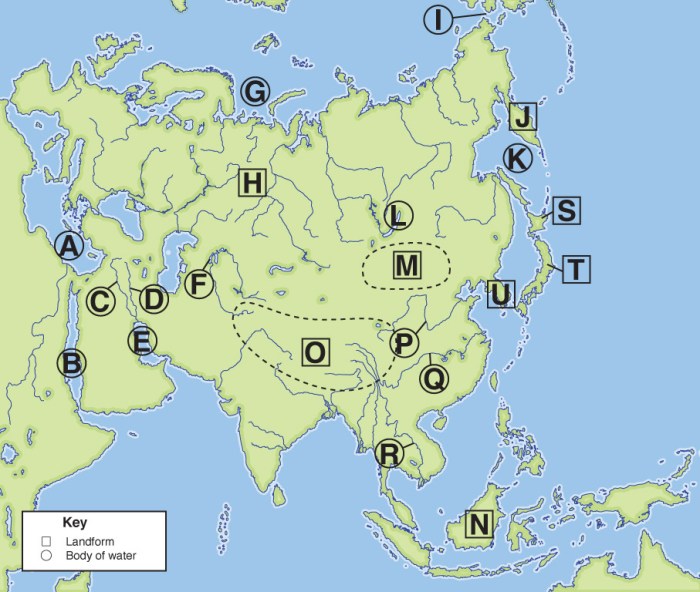
Students are advised to begin preparing for the Abeka American Government Test 2 well in advance to ensure ample time for studying and practicing.
The following suggested timeline provides a structured approach to preparation, allowing students to allocate time effectively and track their progress:
Month 1
- Review course materials, including textbooks, notes, and handouts.
- Familiarize yourself with the test format and question types.
- Begin practicing sample questions to identify areas for improvement.
Month 2
- Continue reviewing course materials and focus on areas where additional support is needed.
- Solve practice questions regularly to build confidence and enhance problem-solving skills.
- Seek clarification from teachers or peers on any concepts that require further understanding.
Week 3
- Conduct mock tests under timed conditions to simulate the actual test environment.
- Analyze mock test results to identify strengths and weaknesses.
- Focus on targeted practice in areas requiring improvement.
Week 1
- Review all course materials thoroughly.
- Practice sample questions to reinforce understanding.
- Get a good night’s sleep before the test and arrive at the testing location well-rested.
FAQ Section
What is the purpose of the Abeka American Government Test 2?
The Abeka American Government Test 2 assesses students’ understanding of the principles, structure, and functions of the American government system.
What content areas are covered on the test?
The test covers a wide range of content areas, including the Constitution, branches of government, civil liberties, and current events.
How can I prepare for the test?
Utilize official study materials, engage with additional resources, and implement effective study techniques such as spaced repetition and practice questions.
